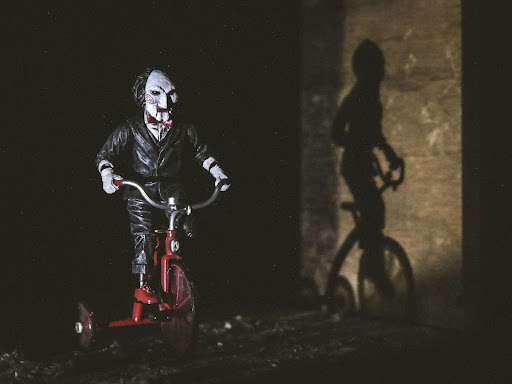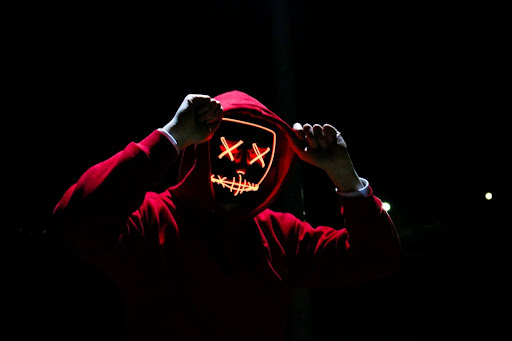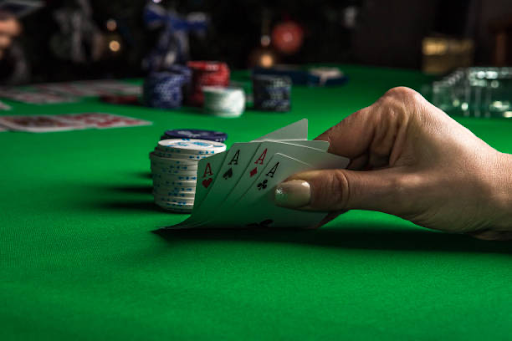Horror has gone a long way as a film genre. It used to be dismissed as silly or full of pointless gore, eligible to be just a niche interest for some viewers. Now, according to essaypro review experts, it’s a cultural phenomenon that helps shape pop culture as it is. And, in their opinion, it doesn’t deserve to be overlooked any longer.
So, today, let’s take a deep dive into the impact of the horror genre on pop culture – and culture at large.
Source: https://unsplash.com/photos/ibYF02aYEbE
Redefining Monsters
Vampires, ghouls, werewolves – those used to be the monsters in the early days of film. They were always the bad guys, and humans were, by default, the good ones.
Of course, today, that seems way too simplistic, even for an average viewer. But that’s exactly the point! Alfred Hitchcock’s Psycho changed this black-and-white view (pun intended) of what constitutes a monster back in 1960.
In Psycho, the monster wasn’t some sort of an inhuman creature – it was a seemingly harmless man, instead. (Spoiler alert?) Halloween (1978) helped cement the idea that horror doesn’t have to come from a supernatural source.
Zoom back to the current age of film and television – and rare works portray inhuman creatures as inherently monstrous. Furthermore, the villains themselves have changed and become more nuanced, too. Just think about Midsommar (2019) or Get Out (2017)!
At the same time, the creatures of the night made it into mainstream media – and even children’s cartoons! In Twilight (2008), you’re supposed to root for vampires. The Shape of Water (2017) is a romantic fantasy film that features an amphibian character that would be considered a monster by the early horror genre standards. The list goes on.
Remaking Films for New Audiences
Of course, remakes aren’t a prerogative of horror films. Just think about how many times you’ve seen the origin story of Spider-Man or Batman being made into yet another film.
However, horror film remakes definitely played a role in making remakes mainstream, for better or worse. They demonstrated that remakes are an opportunity to reimagine the source material for the current sociological climate – and that they can be profitable, too.
Here are just some of the remakes you may already know about:
- Dawn of the Dead (original: 1978; remake: 2004). Both films have found their place in horror fans’ hearts – and both are considered a must-watch.
- The Fly (original: 1958; remake: 1986). Cronenberg’s remake turned out to be more scary than the original. The reason? Cronenberg reimagined the plot through the prism of healthcare paranoia that plagued society in the 80s following the AIDS crisis.
- The Ring (original: 1998 (Ringu), remake: 2002). The Ring (2002) was a Hollywood remake of a Japanese horror film. Against all odds, it was an improvement upon the original, with additional commentary on entertainment culture.
However, many remakes turned out to be flops, too, which should be a cautionary tale for any remake project out there. Cases in point: the remakes of Hitchcock’s Psycho (1998) and A Nightmare on Elm Street (2010).
Creating Shared Universes
The Marvel Cinematic Universe may be synonymous with “shared universes” today, but it wasn’t the first one to let its characters hop from one film to another. All the way back in 2003, New Line Cinema released Freddy vs. Jason – a prime event for horror fans at the time. It was a successful one, earning the studio almost $115 million worldwide.
But even that wasn’t the original crossover. That title would go to Frankenstein Meets the Wolf Man (1943). In this film (that you probably have never even heard of), two classic monsters that had appeared in solo Universal entries shared the spotlight in the title.
Following its success, Dracula, the Wolf Man, and Frankenstein all appeared in three more films later on in the 1940s. If only the Universal’s shared universe attempt in The Mummy reboot (2017) worked as well! (This Dark Universe project was aborted after the reboot flopped.)
Profiting Off of Merchandise
Whenever you go into a supermarket these days, you’ll see tons of movie and TV show merchandise. Most of it, of course, will be in the toy aisles, but you can also find Harry Potter-themed notebooks and puzzles, mugs with Marvel superheroes, and keychains with Game of Thrones references.
But this kind of merchandise wasn’t exactly popular back in the day. While the original Star Wars trilogy definitely demonstrated it’s a good way to make a profit, horror films – once again – can be credited with the original proof of concept.
Some of the merchandise was what you’d call standard these days, like T-shirts. Other items were more, let’s say, unconventional, like the Dawn of the Dead board game presented after George A. Romero’s original release.
Reflecting the Fears of Society
According to Essay Pro, you’d be surprised at how many research papers are dedicated to dissecting which fears horror movies reflected in a given decade. From the sublimated fear of communism during the Cold War to the anxieties inflicted by the War on Terror, horror films can be a surprisingly good indicator of what concerns society at large.
For example, in the 1950s, horror was dominated by Cold War paranoia. Creatures of the night weren’t a source of terror anymore. Instead, nuclear attacks and radioactive mutants made their way to the screens (cases in point: Godzilla, King of the Monsters! (1956), It Came from Beneath the Sea (1955)).
At the same time, alleged UFO sightings in the 1940s made aliens into new recurring monsters (It Came From Outer Space (1953), The War of the Worlds (1953).
In the present, Get Out (2017) is a prime example of how current social issues inform the horror genre. The film takes the ideas of post-racial America and neoliberalism and turns them into a source of fear.
Source: https://unsplash.com/photos/RChZT-JlI9g
Final Thoughts
Horror is a diverse genre: you’ll find body horror, slasher films, psychological horror, comedy horror, and more subgenres fitting under this umbrella term. While horror as a whole may have been a niche genre some decades ago, it gave the viewers new fictional species, redefined monstrosity, and even paved the way for remakes and merchandising.
















